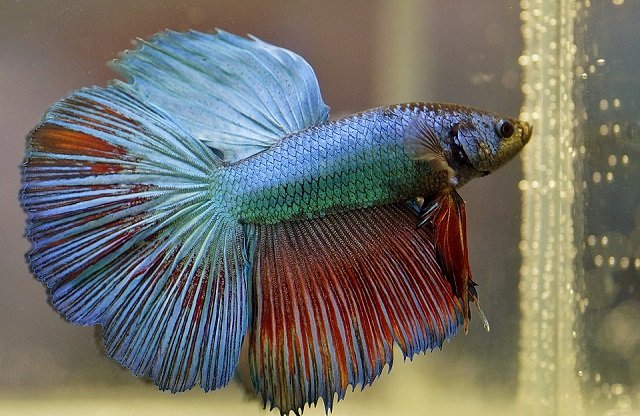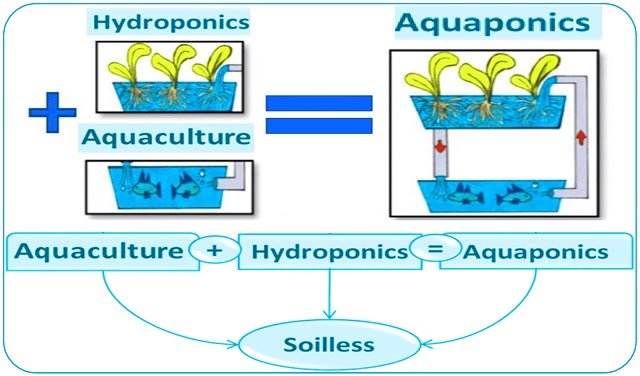Australia.- PhD student David Vaughan is working on a project led by Dr Kate Hutson at JCU’s Centre for Sustainable Tropical Fisheries and Aquaculture. He said it was important to know how the shrimp interact with fish, as the team is in the process of identifying the best shrimp species to use to clean parasites from farmed and ornamental fish.
“Between 30 – 50% of farmed fish in Southeast Asia, the largest fish producing region in the world, are lost to parasites.
“We know that shrimp clean parasites from fish and if we can identify a species that does it efficiently, and does no harm, it offers a ‘greener’ alternative to chemicals,” he said.
Mr Vaughan said scientists knew injured fish visited shrimp ‘cleaning stations’ to have parasites removed – but the question was whether shrimp then took advantage of the injured fish and fed on their wounds.
He said the relationship between cleaner shrimp and their client fish was complicated, with the shrimp known to eat the mucus of the fish and the fish occasionally eating the shrimp.
The scientists used high-definition cameras to record the details of the interaction between the species.
“We found that shrimp did not aggravate existing injuries or further injure the fish,” said Mr Vaughan.
Stay Always Informed
Join our communities to instantly receive the most important news, reports, and analysis from the aquaculture industry.
He said image analyses showed the cleaner shrimp actually reduced the redness of the injury.
“Injuries in fishes are susceptible to invasion by secondary pathogens like viruses and bacteria, and the reduction in redness by shrimp indicates that cleaner shrimp could reduce infections.”
Mr Vaughan said cleaner shrimp are also known to indirectly influence the health of client fishes by reducing stress levels as a function of cleaning – which also increased the ability of the fish to heal.
Reference:
David B. Vaughan, Alexandra S. Grutter, Hugh W. Ferguson, Rhondda Jones, Kate S. Hutson. Cleaner shrimp are true cleaners of injured fish. Marine Biology, 2018; 165 (7) DOI: 10.1007/s00227-018-3379-y https://link.springer.com/article/10.1007%2Fs00227-018-3379-y
Editor at the digital magazine AquaHoy. He holds a degree in Aquaculture Biology from the National University of Santa (UNS) and a Master’s degree in Science and Innovation Management from the Polytechnic University of Valencia, with postgraduate diplomas in Business Innovation and Innovation Management. He possesses extensive experience in the aquaculture and fisheries sector, having led the Fisheries Innovation Unit of the National Program for Innovation in Fisheries and Aquaculture (PNIPA). He has served as a senior consultant in technology watch, an innovation project formulator and advisor, and a lecturer at UNS. He is a member of the Peruvian College of Biologists and was recognized by the World Aquaculture Society (WAS) in 2016 for his contribution to aquaculture.



